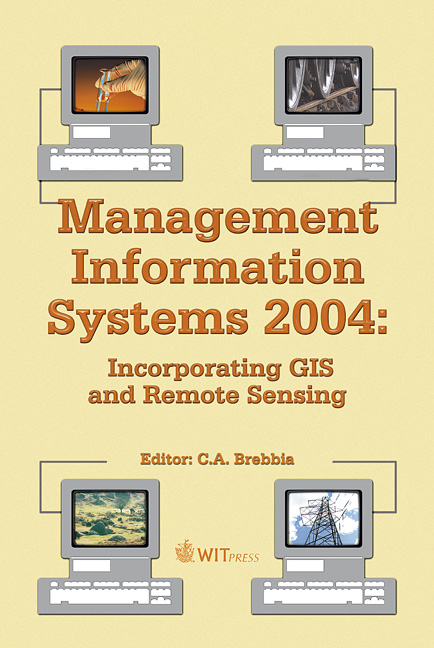Time Dependent Spatial Price Equilibrium Problems
Price
Free (open access)
Volume
32
Pages
10
Published
2004
Size
376 kb
Paper DOI
10.2495/MIS040221
Copyright
WIT Press
Author(s)
M. Milasi & C. Vitanza
Abstract
We consider a time dependent economic market in order to show the existence of the dynamical market equilibrium. Moreover, the Generalized Lagrange Multipliers and the Lagrangian theories are studied and, as an interesting consequence, we obtain the Lagrangian variables. This theory plays an extraordinary role in the estimation of the dynamical market equilibrium. In our opinion this study makes these problems more general and realistic than classical static spatial price equilibrium problems. Keywords: supply excess, demand excess, Lagrangian multipliers, subgradient method. 1 Introduction The aim of this paper is to consider a dynamic economic model. We see that this problem can be incorporated directly in to a Variational Inequality models and moreover we characterize the equilibrium solution by means of Lagrangian multipliers applying the duality theory in the case of infinite dimensional space. In the static case the spatial price equilibrium problem has been formulated in terms of a Variational Inequality by Nagurney and Zhao in [8] and A. Nagurney in [7]. Subsequently P. Daniele in [1] has been concerned with the spatial price equilibrium problem in the case of the quantity formulation under the assumption that the data evolve in the time. In [6] the authors extended the result of [1] considering a model with supply and demand excesses and with capacity constraints on prices and on transportation costs. In the last years some papers have been devoted to the study of the influence of the time on the equilibrium problems (see [2], [3] and [4]). In fact, we cannot avoid to consider that each phenomenon of our economic and physical world is not stable with respect to the time and that our static models of equilibria are a first useful abstract approach.
Keywords
supply excess, demand excess, Lagrangian multipliers, subgradient method.





